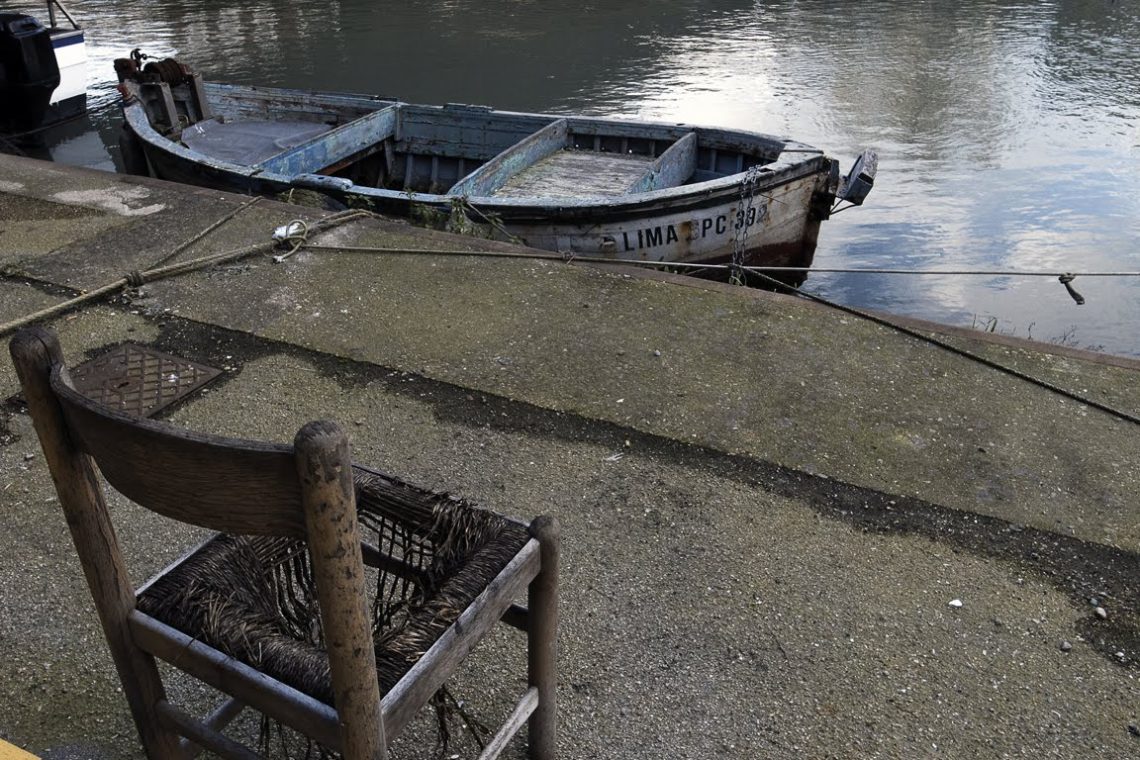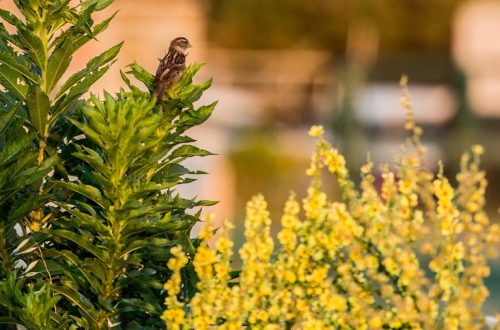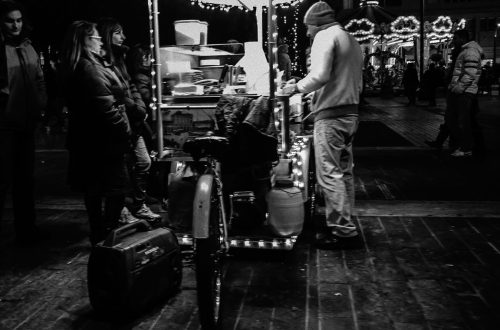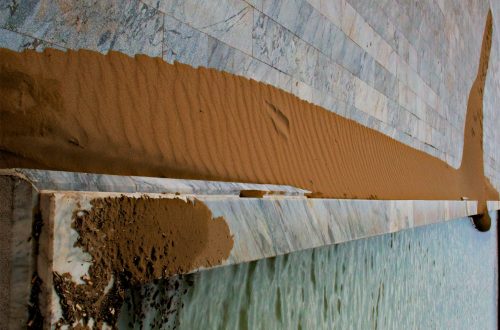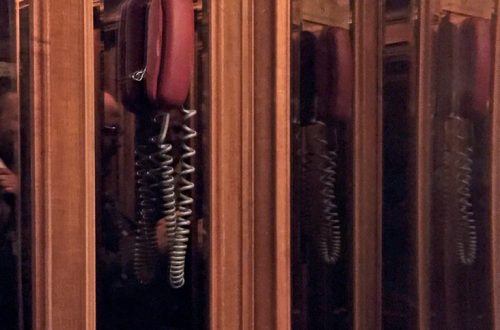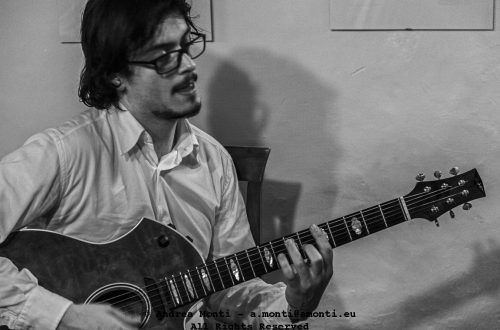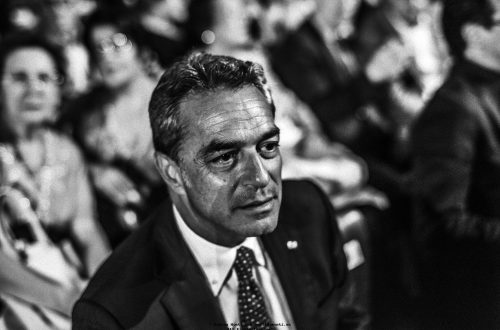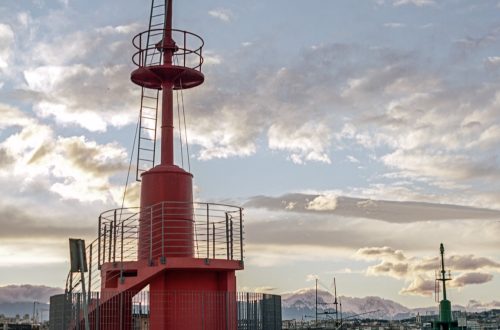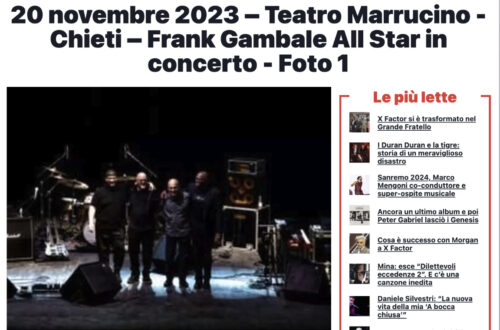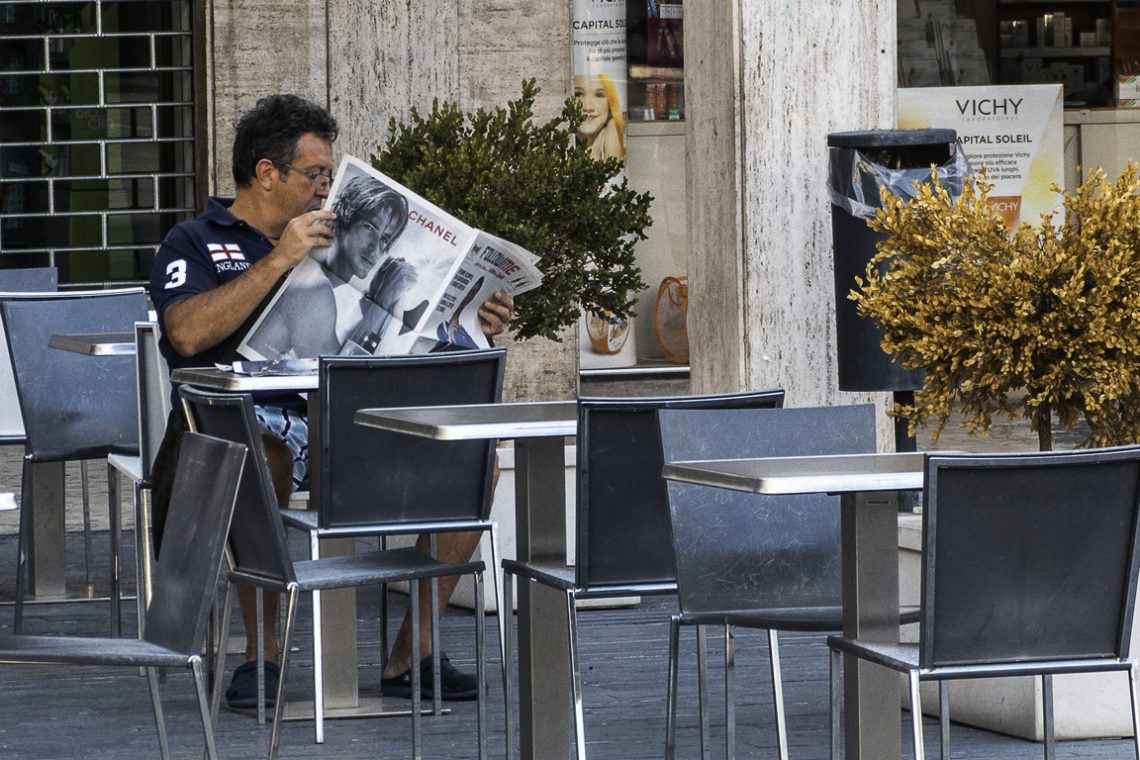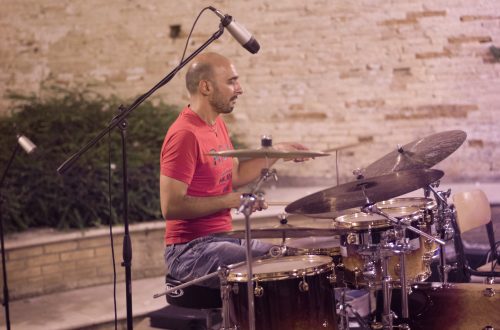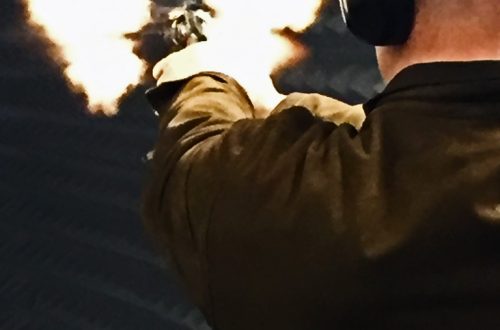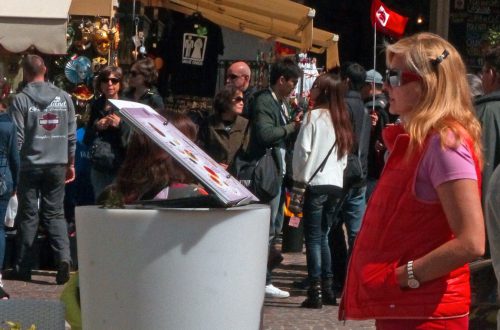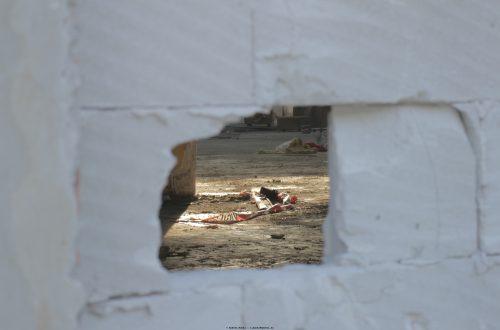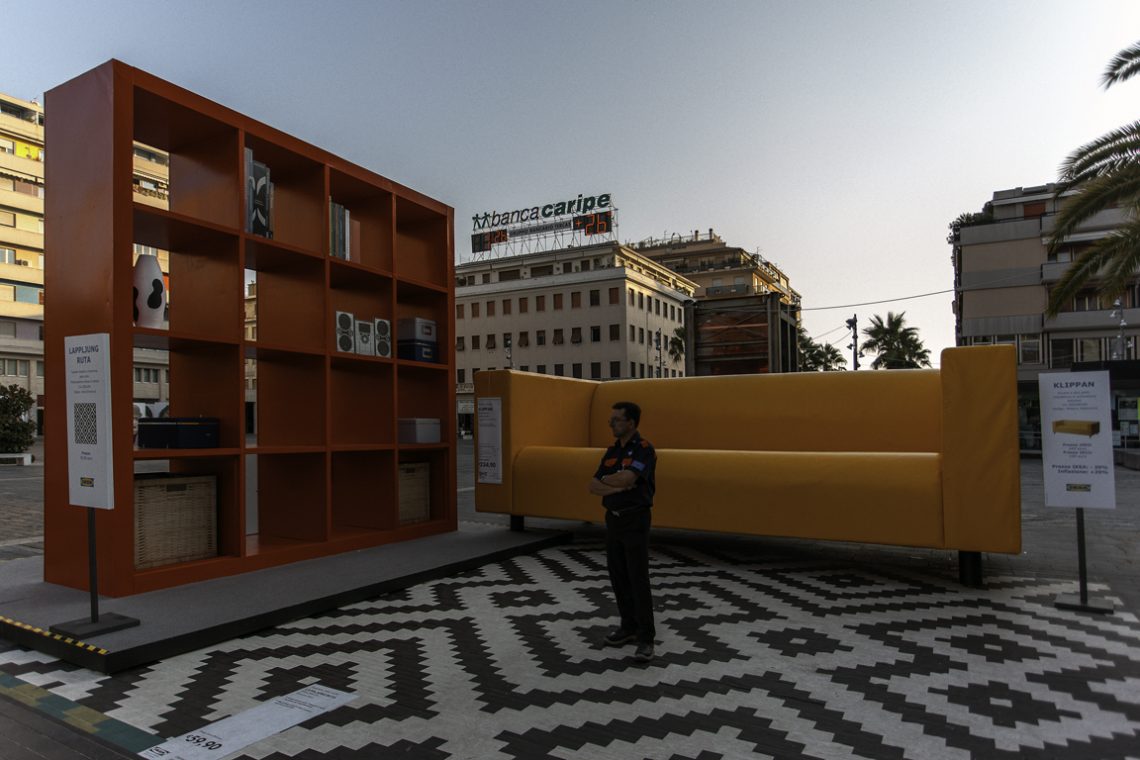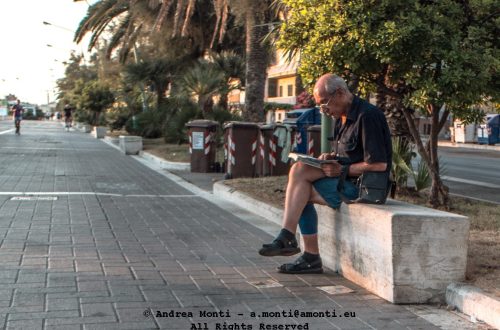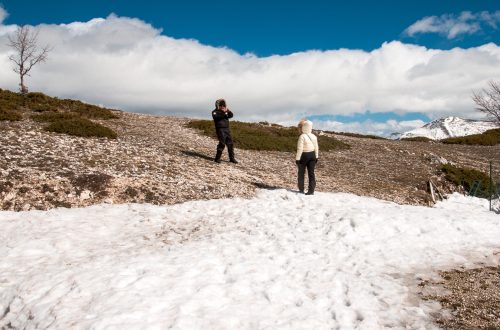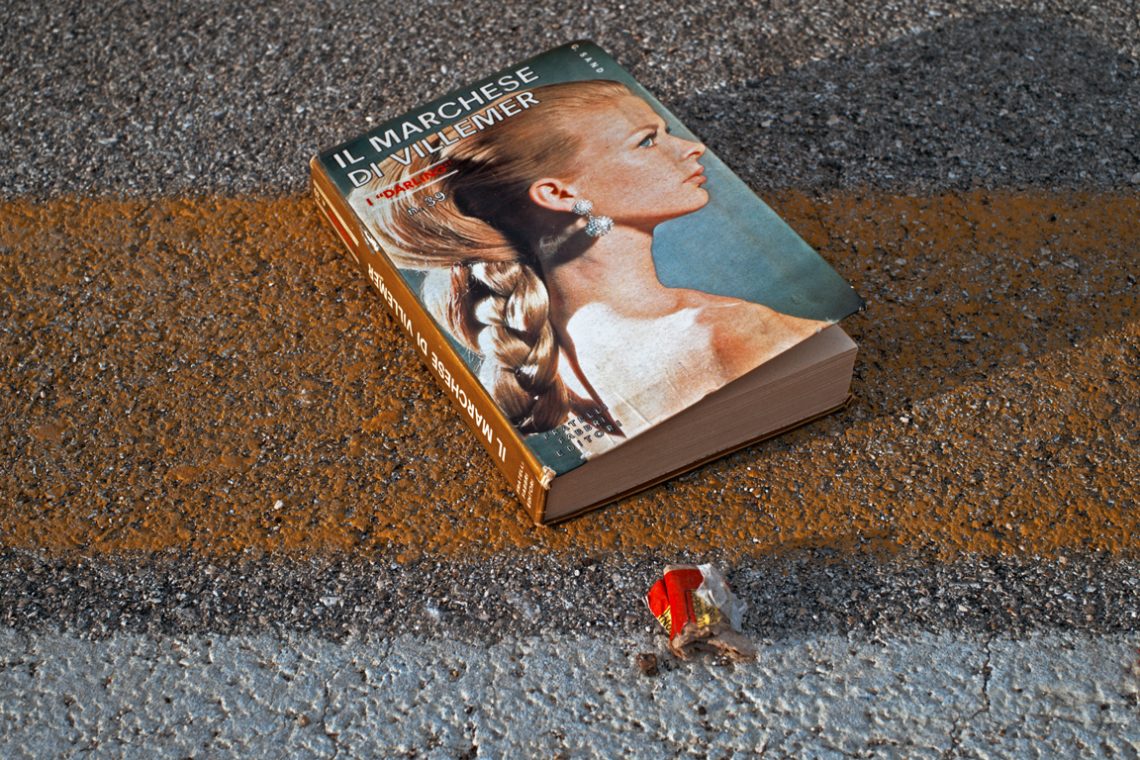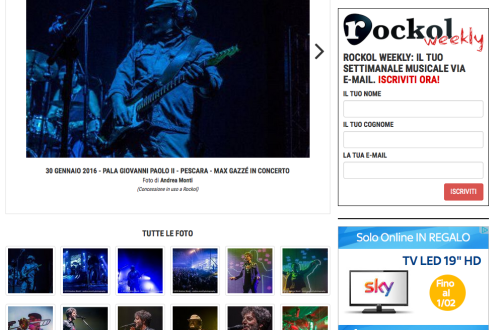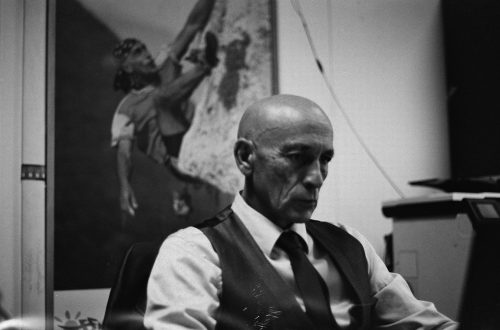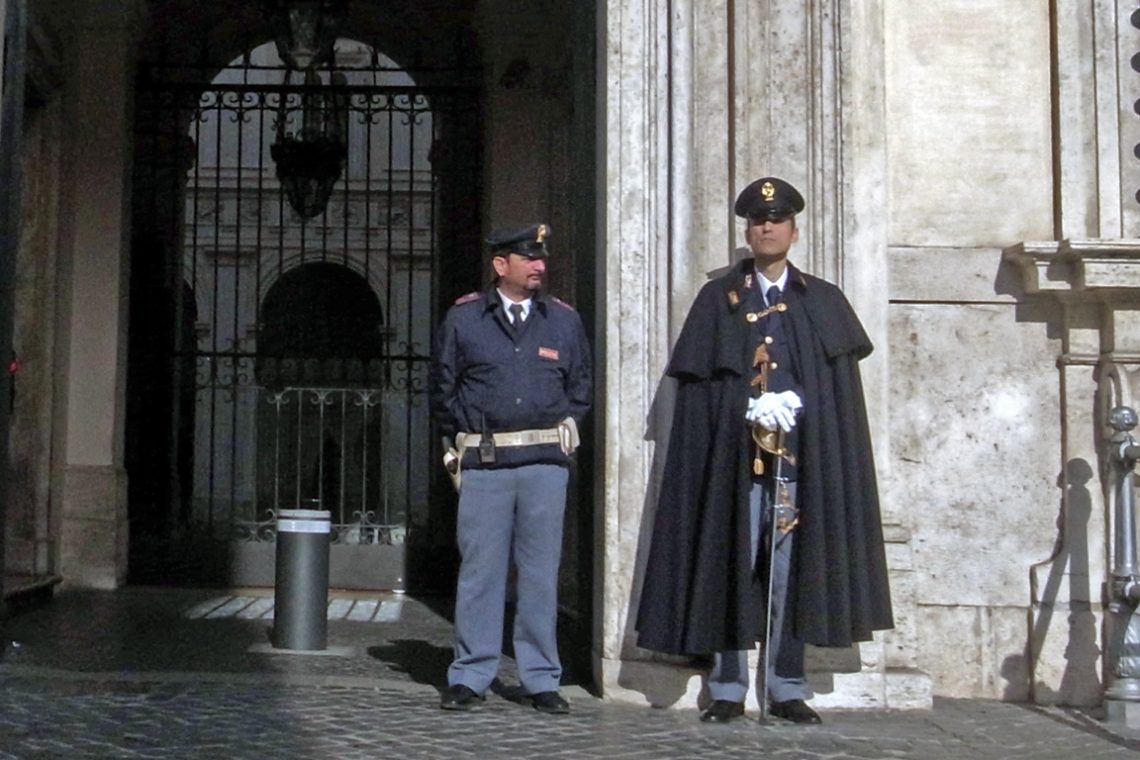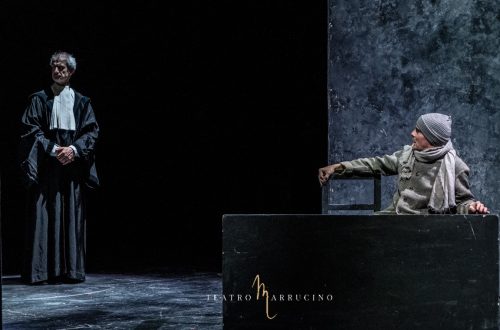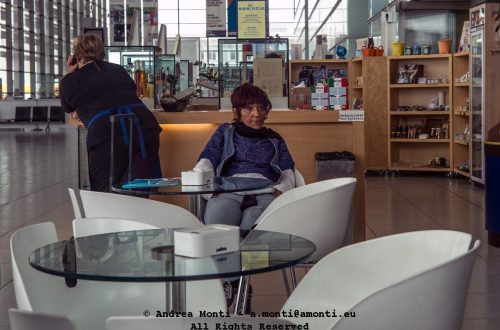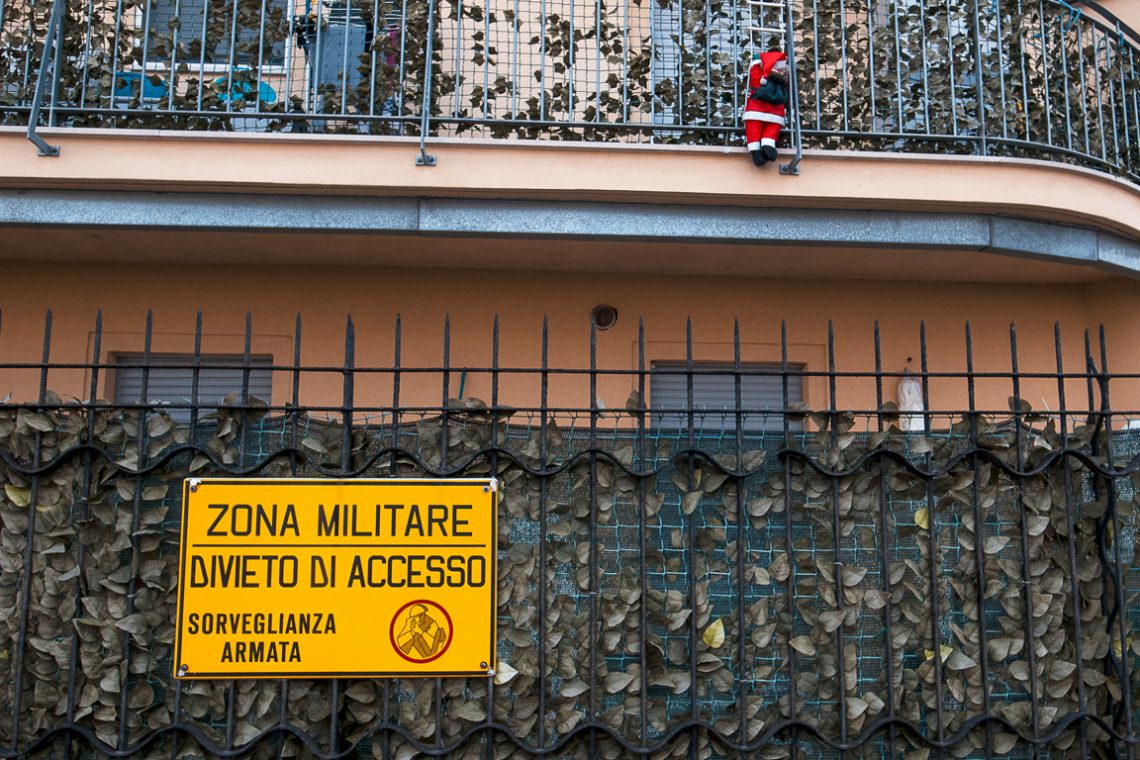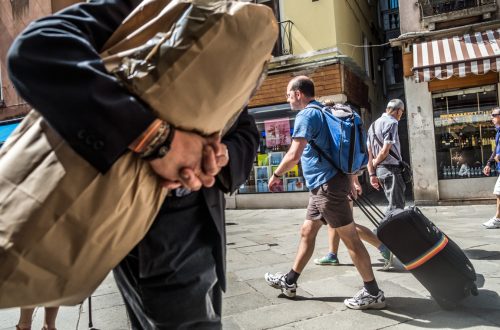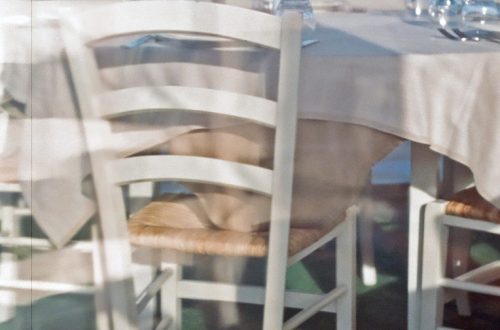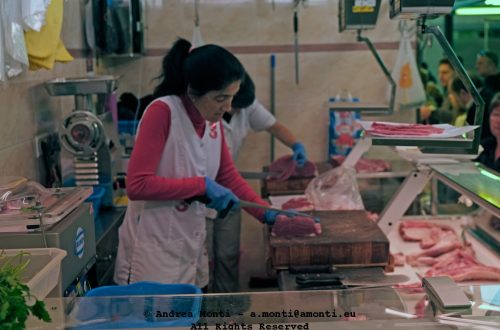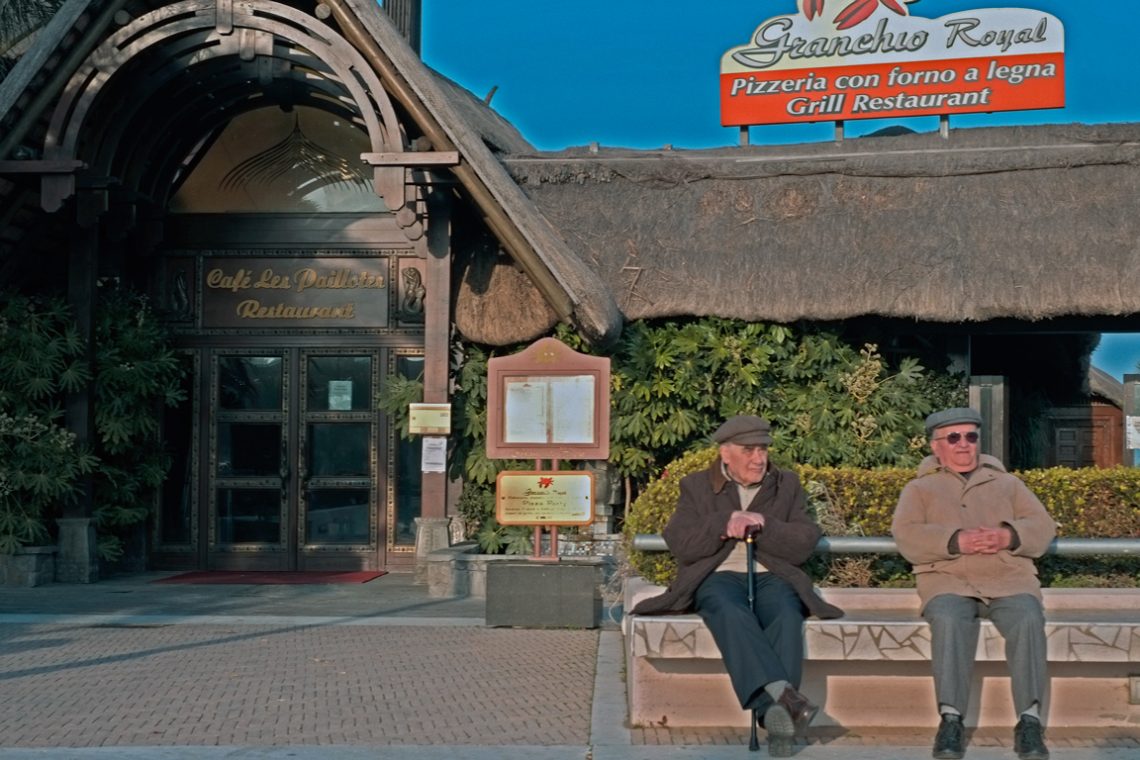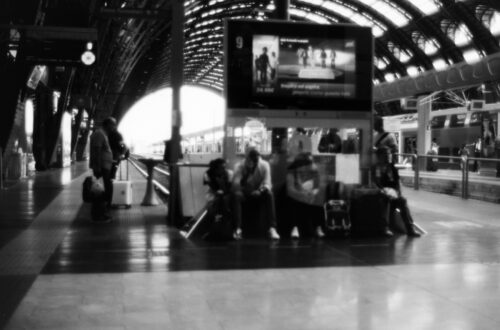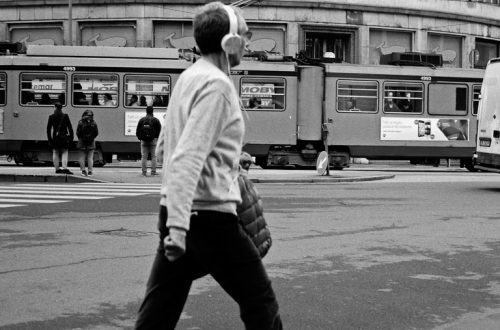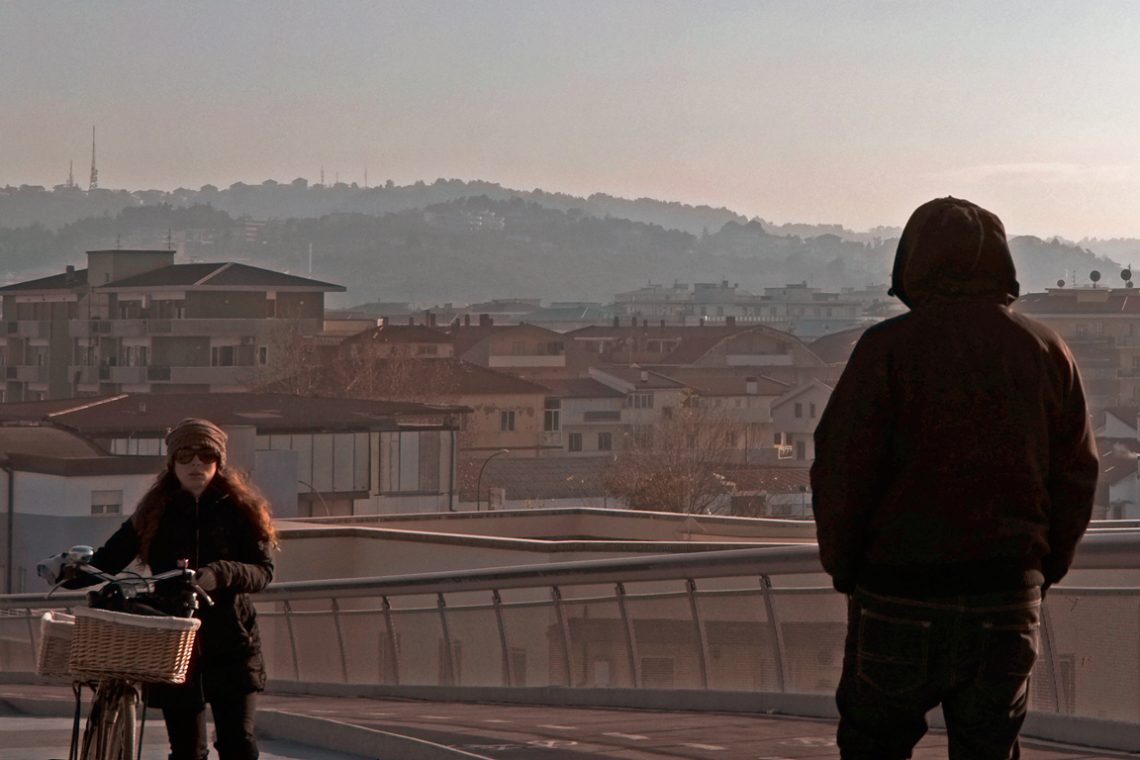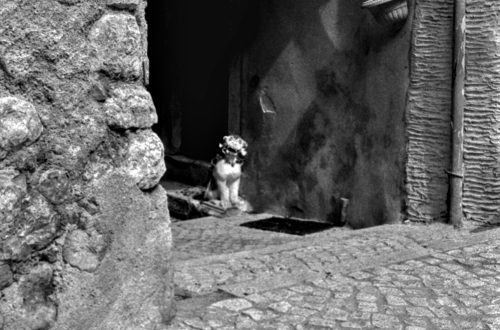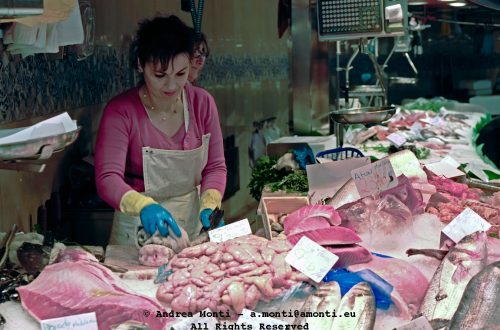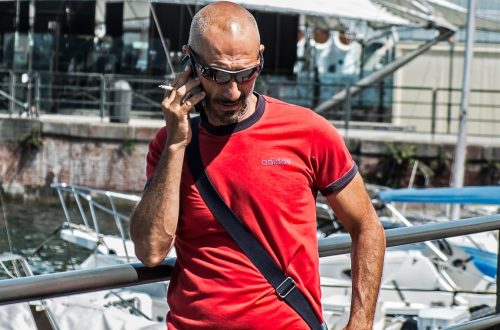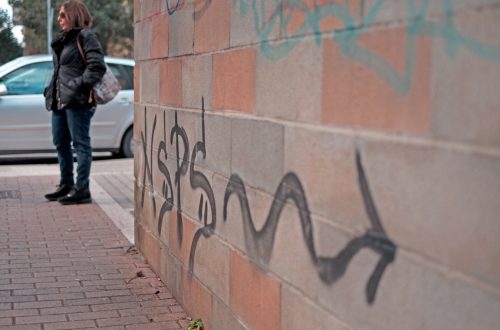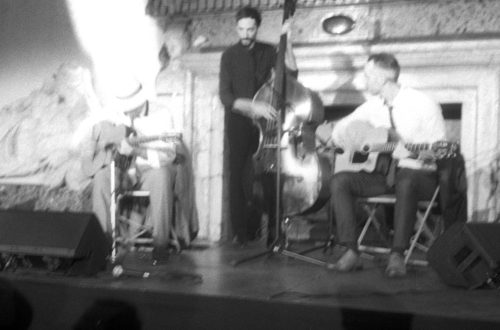-
Waiting To Board
I found this scene along a neglected stretch of riverbank—nothing curated, nothing arranged. A broken chair, its straw seat long unravelled, faced a decaying boat tethered loosely to the shore. They looked like they belonged to each other, equally abandoned, equally patient. The title came instantly. Not poetic, just accurate: Waiting to Board. The composition rests on tension—foreground versus background, texture versus reflection. The rope cuts a diagonal across the frame, literally tying the objects together. The chair leans slightly left, softened by rot and time, while the boat points right, cracked paint peeling toward the water. Neither is in motion, yet the whole image feels held in anticipation. Technically,…
-
Opposites
-
Busy (again)
-
A perfect match
You don’t pose the street. You chase it — and sometimes, if your reflexes are fast enough, you catch it. In this image, it happened in a split second. A man sat reading the newspaper at a café table. For the briefest of moments, he held it in such a way that his own profile aligned perfectly with the image printed on the page — a fashion ad, a male model in a similar pose, eyes half in shadow, fingers near the mouth. Two men, one real, one imagined, locked in a mirrored gesture of casual confidence. Then it was gone. That’s the essence of street photography: the unrepeatable alignment…
-
An outdoor theatre?
… no, just two friends debating vigorously.
-
A Missed Pricetag?
This frame was taken in the heart of a southern Italian city where IKEA briefly turned the central square into a showroom of absurd proportions. A towering yellow Klippan sofa and a monolithic orange bookcase stood awkwardly monumental, surrounded by the iconography of price tags and corporate identity. At first glance, the scene could pass as whimsical urban installation. But the more I looked through the viewfinder, the more it began to speak a different language — one of quiet irony. The man in uniform, arms crossed, positioned centre-right, is what holds this image together. His stillness is incongruent with the playful intent of the installation. He isn’t enjoying the…
-
An Abandoned Book…
When I came across this scene, it struck me immediately as a still-life already composed by chance. There, on the coarse, sun-warmed pavement of a dock, lay a copy of Il Marchese di Villemer, its painted cover portrait staring off to the right with aristocratic detachment. A torn scrap of red foil—perhaps once wrapping for a sweet—sat nearby, an almost absurd counterpoint to the book’s refined image. From a compositional standpoint, the photograph is anchored by the bold horizontal yellow line running across the frame. This not only divides the image but also provides a visual base upon which the book rests. The warm tones of the line complement the…
-
Quis Custodiet…
I photographed these two men standing guard outside a government building, their uniforms marking the distinction between routine policing and ceremonial presence. The man on the left, in standard attire, leans casually, his stance relaxed. The man on the right, draped in a cape and holding a sword, maintains rigidity, his posture ceremonial, as though embodying an institution rather than an individual. Compositionally, I framed them against the imposing stone architecture, the vertical columns echoing the upright form of the ceremonial guard. The iron gate behind them adds depth and formality, while the shadows creeping into the arch contrast with the brightness of the façade. The pairing of the two…
-
Killing Santa? Really?
This image came out of one of those moments when absurdity and bureaucracy collide so neatly you’d think it was staged. But it wasn’t. A plastic Santa Claus, mid-climb on a balcony railing, hangs over a military facility—camouflage netting, barred windows, and a glaring yellow sign that reads ZONA MILITARE – DIVIETO DI ACCESSO – SORVEGLIANZA ARMATA (Military Zone – No Access – Armed Surveillance). The juxtaposition is so stark, it borders on the surreal. I composed the frame tightly to maximise that tension. Everything sits on verticals: the iron bars, the camouflage mesh, the uniformity of the railing. Against this grid, Santa—soft, cartoonish, deliberately naive—becomes a kind of visual…
-
Sunny Afternoon
I remember pausing before pressing the shutter on this scene, aware that nothing in it was extraordinary in the dramatic sense — yet everything in it felt essential. Two elderly men, sitting outside a restaurant that promised wood-fired pizza and grilled fish, leaning into the pale, low winter sun. There was a stillness to the moment, the kind of quiet that speaks louder than movement. Technically, the shot is simple, almost matter-of-fact. I framed with the entrance and signage as a backdrop, balancing the image so the men sit firmly on the right third, their presence anchored against the visual weight of the restaurant’s architecture on the left. The light…
-
Paths of Life
Some images carry weight not because of their complexity, but because of the simplicity of the encounter they capture. This photograph, with its two human figures on converging yet separate trajectories, speaks quietly about direction, purpose, and the unspoken narratives we project onto strangers in passing. Compositionally, the scene is divided into two clear focal points: the cyclist pushing her bike from the left, and the hooded figure standing in contemplation on the right. The visual balance is well handled — the figures occupy opposing thirds, leaving space for the layered cityscape and soft mountain backdrop to stretch between them. This negative space is not empty; it’s where the tension…
-
Mirror
